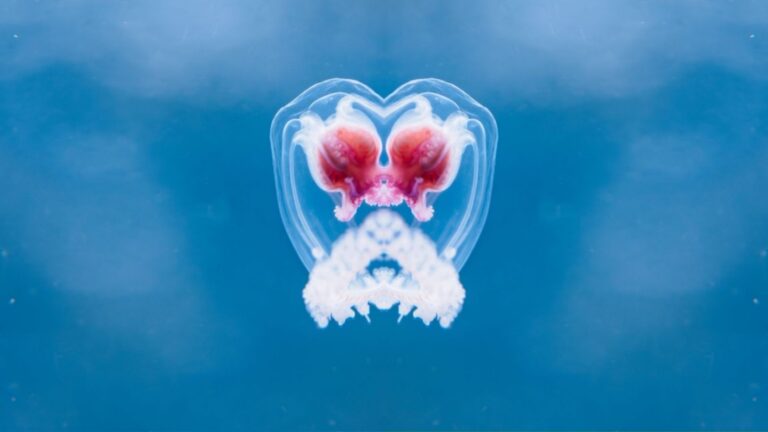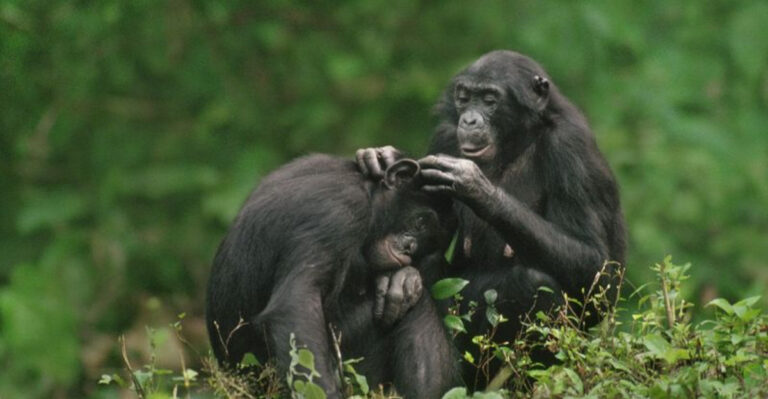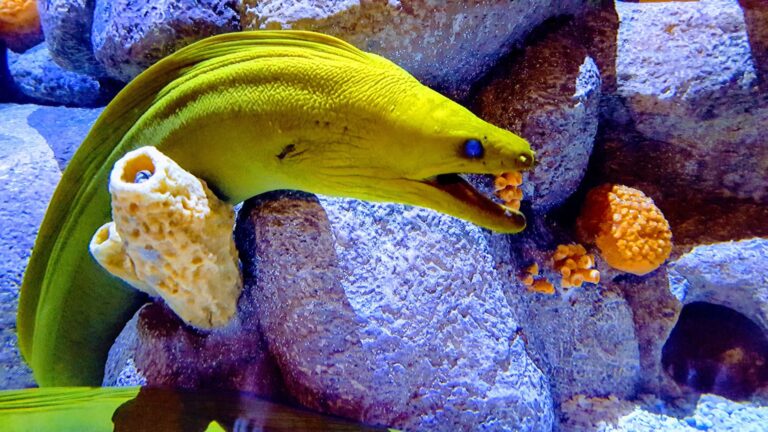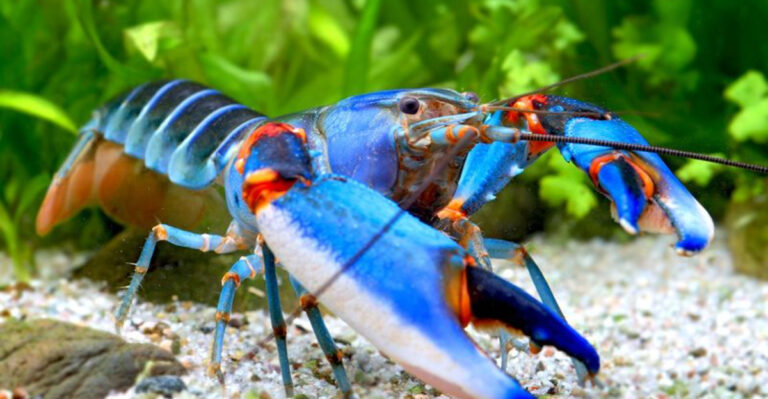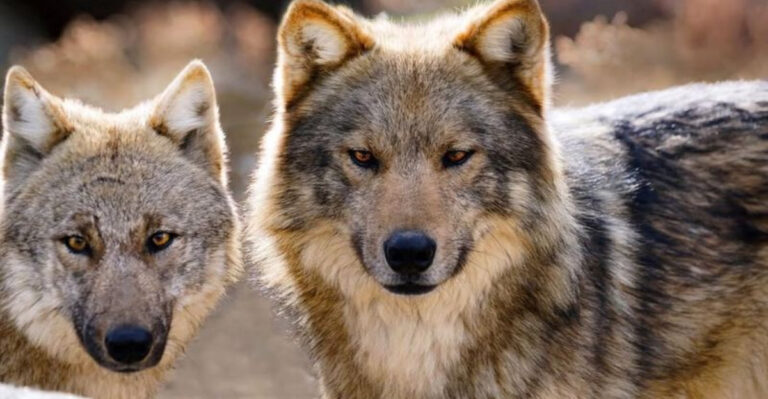24 Amazing Animals You’ll Want To See At U.S. Zoos
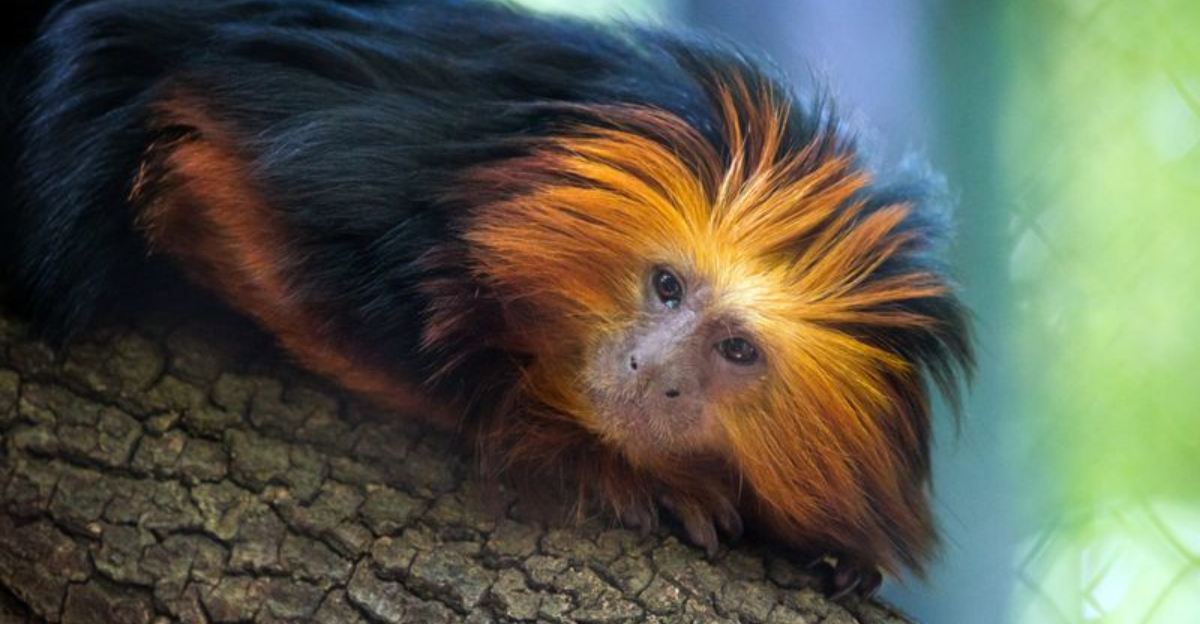
Embark on a captivating journey through America’s most renowned zoos and discover some of the coolest animals that call these places home.
From the intriguing behaviors of the Greater Spear-Nosed Bat to the striking appearance of the Somali Wild Ass, American zoos offer an exciting array of wildlife experiences.
Whether you’re an avid animal lover or just looking for a fun family outing, this guide to fascinating creatures will inspire your next zoo adventure.
1. Sloth Bear
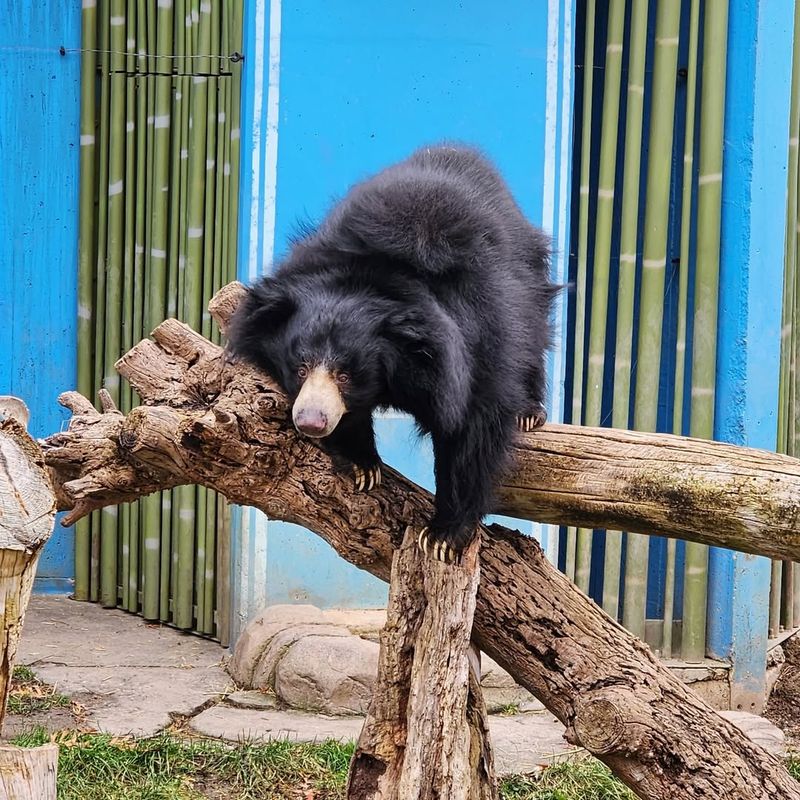
With its shaggy coat, long tongue, and slow-moving ways, the sloth bear is a curious sight.
Native to India, it feeds mostly on termites and fruit. Its unusual appearance and feeding habits make it one of the more unique zoo bears to observe.
2. Blue Poison Dart Frog
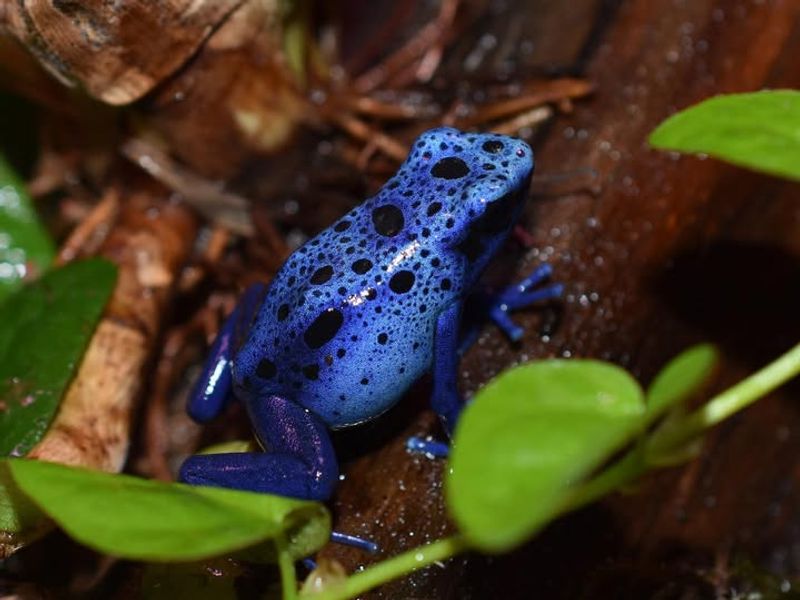
Tiny but dazzling, the blue poison dart frog’s electric color is a warning to predators.
Native to South America, its vibrant hue draws in visitors instantly. Despite its size, it leaves a big impression in zoo amphibian houses.
3. Somali Wild Ass
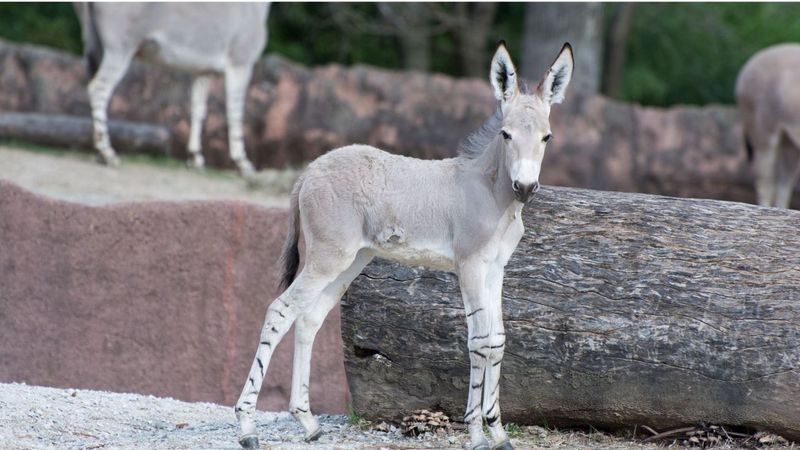
The Somali wild ass is a critically endangered species with striking leg stripes and a tough, desert-adapted build.
It’s considered the ancestor of the domestic donkey and is rarely seen in the wild. Zoos are key to its survival, offering visitors a glimpse of a truly rare animal.
4. Greater Spear-Nosed Bat
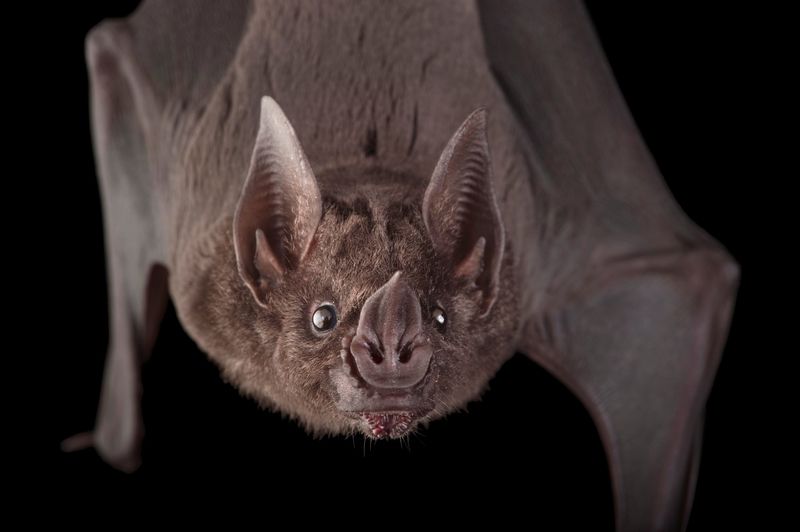
This unusual bat, with its long ears and spear-shaped nose, is known for its complex social behavior and powerful vocalizations.
Native to Central and South America, it plays a vital role in pollination and seed dispersal. Seeing one up close offers a new appreciation for these often-misunderstood creatures.
5. Matschie’s Tree Kangaroo
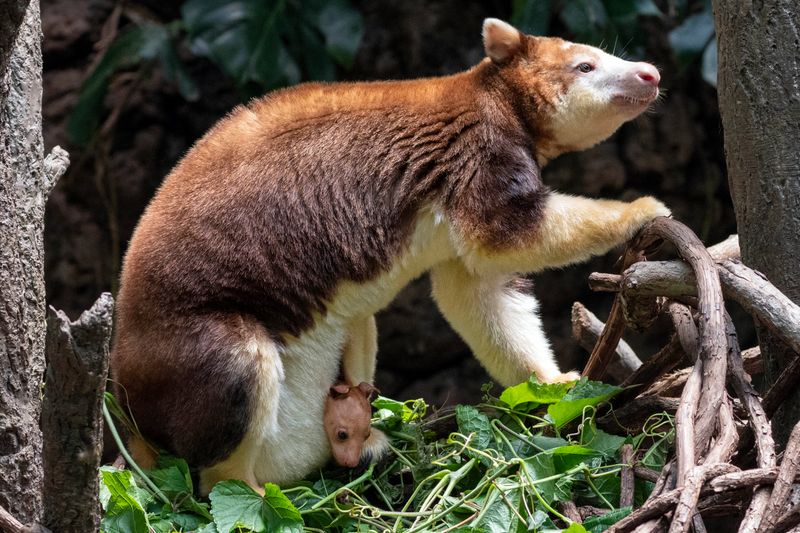
Found high in the treetops of Papua New Guinea, this rare marsupial looks like a cross between a teddy bear and a kangaroo.
Its reddish fur and climbing skills make it a favorite among zoo visitors. You won’t believe how gracefully it hops between branches.
6. Panamanian Golden Frog
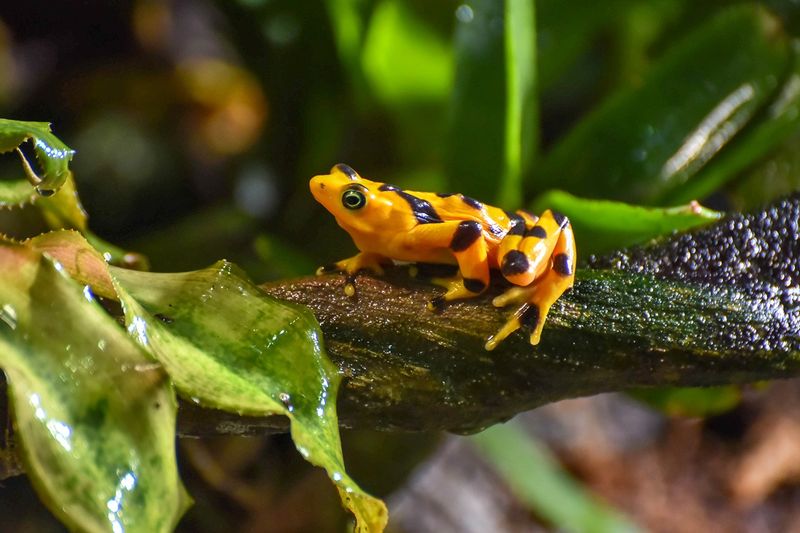
This small but radiant frog is a national symbol of Panama and a powerful example of conservation in action.
Bright yellow with dark spots, it’s believed to bring good luck. Sadly extinct in the wild, zoos help keep its legacy alive.
7. Leopard Sharks
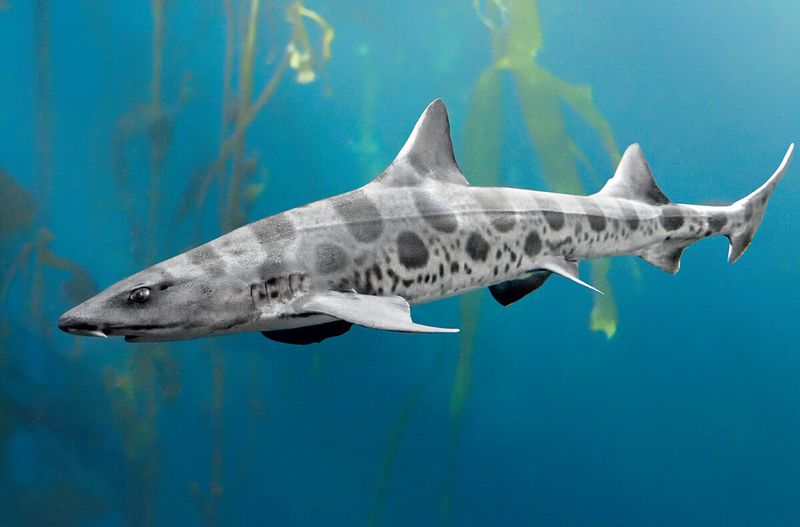
Sleek, spotted, and mesmerizing to watch, leopard sharks are commonly found along the Pacific coast.
In aquariums, they gracefully cruise through tanks, often in schools. They’re peaceful and striking—perfect for getting up close with marine life.
8. Addax
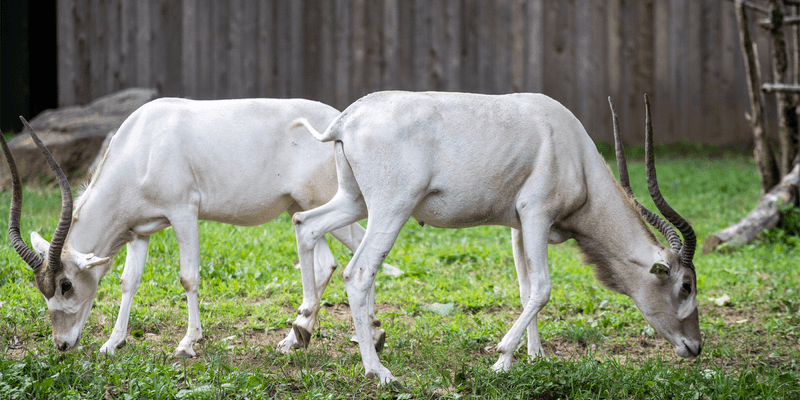
The addax is a desert antelope with beautiful spiral horns and a ghostly white coat.
Adapted for survival in harsh environments, it rarely drinks water and can withstand scorching heat. In zoos, they serve as ambassadors for endangered desert species.
9. Four-Eyed Turtles
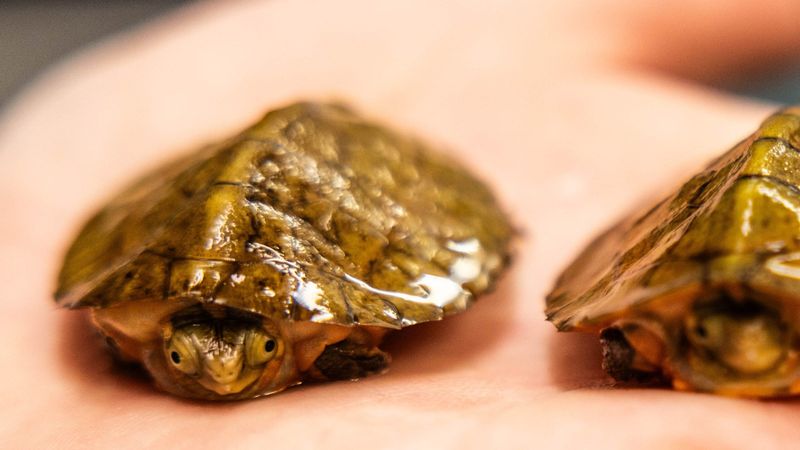
Despite the name, these turtles don’t really have four eyes—but they do have two false eye spots on the back of their heads.
Native to Southeast Asia and critically endangered, they’re a fascinating reptilian rarity to spot in a zoo.
10. Giant Panda

Few animals draw a crowd like the iconic giant panda.
With its black-and-white fur and bamboo diet, it’s a gentle giant that symbolizes conservation worldwide. Seeing one lounge, munch, or roll around is a moment to remember.
11. African Elephant
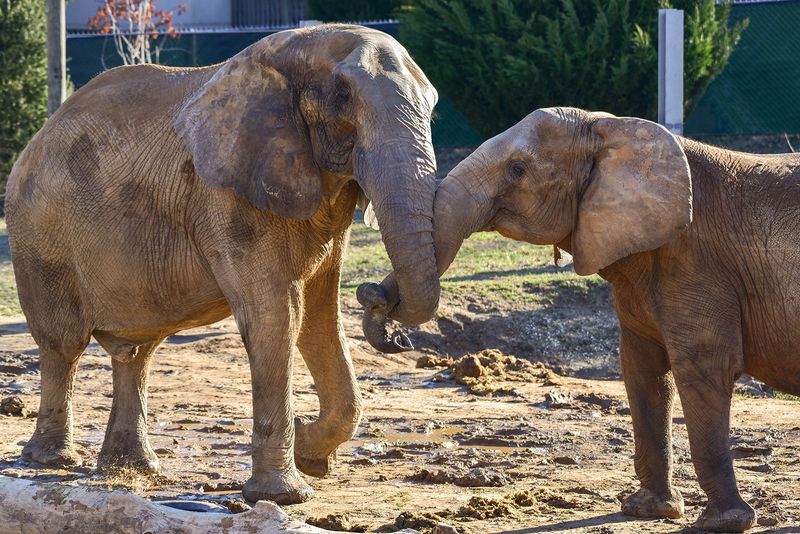
The largest land mammal on Earth, African elephants impress with their sheer size and intelligence.
They form deep family bonds and show emotions like joy and grief. Watching one up close is both humbling and awe-inspiring.
12. Snow Leopard
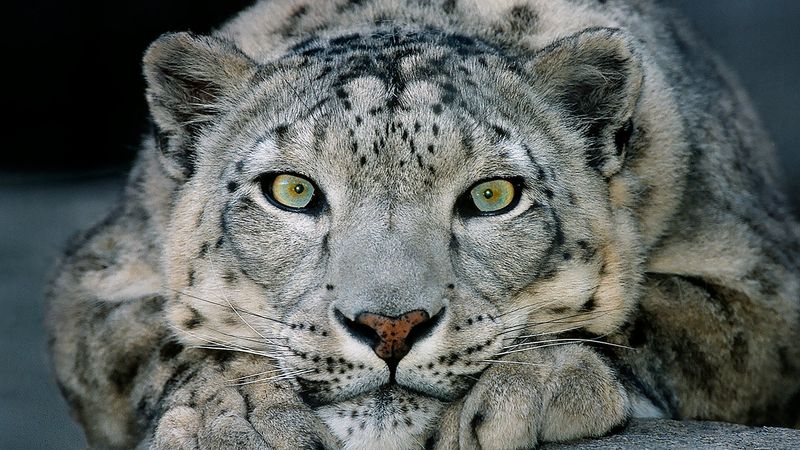
Stealthy and elusive in the wild, the snow leopard’s thick fur and icy blue eyes give it an almost mythical presence.
Zoos provide rare opportunities to observe these mountain-dwelling cats and learn about efforts to protect them.
13. Red Panda
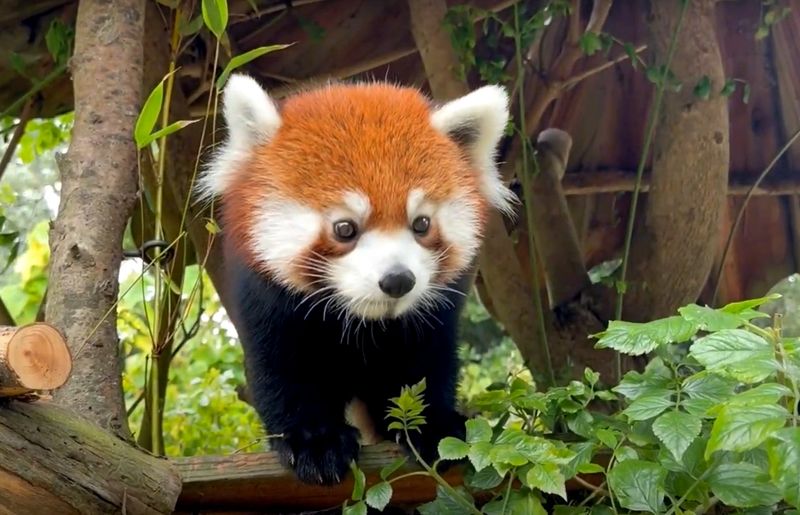
This tree-dwelling, bamboo-loving mammal is not related to the giant panda, but it’s equally charming.
With its ringed tail and playful antics, the red panda wins hearts at every zoo. Catching one during an afternoon nap in a tree is a common (and adorable) sight.
14. Komodo Dragon
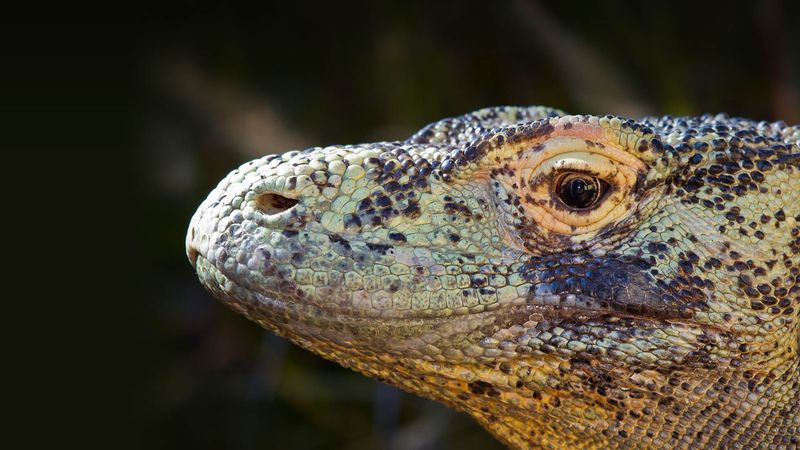
The largest living lizard in the world, the Komodo dragon is a modern-day dinosaur.
With a venomous bite and a prehistoric look, it’s both fascinating and fearsome. Zoos offer a safe, up-close view of this top predator.
15. Bald Eagle
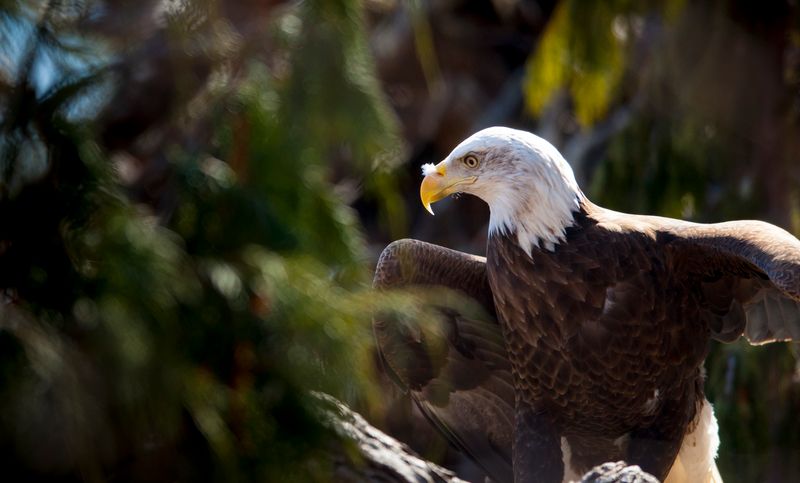
America’s national bird is more than a symbol—it’s a fierce, majestic raptor.
Many zoos care for bald eagles that are non-releasable due to injury, giving them a second chance while educating the public. Seeing one in person is a powerful experience.
16. Siberian Tiger
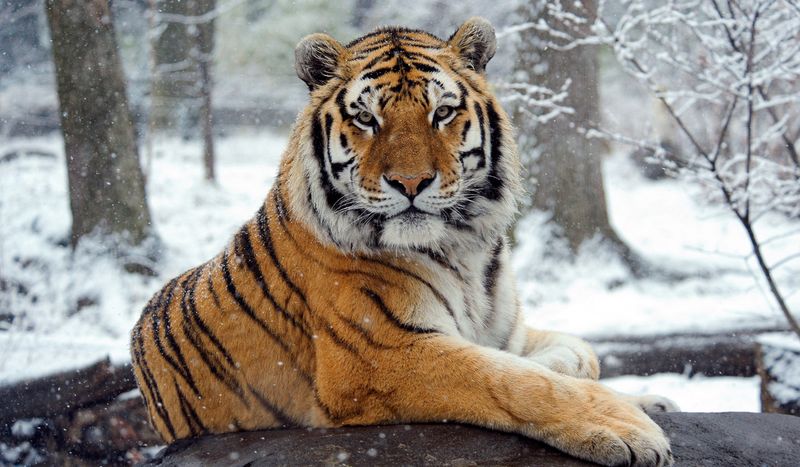
Also known as the Amur tiger, this is the largest tiger species in the world. With thick fur and piercing eyes, it’s built to survive freezing Russian winters.
Their powerful presence and conservation story make them zoo superstars.
17. Emperor Penguin
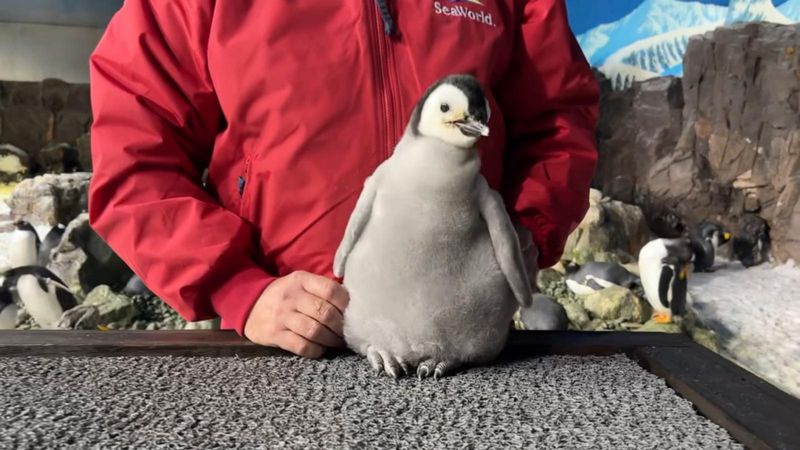
The tallest and heaviest penguin species, emperor penguins are captivating to watch as they waddle and dive.
Their parenting behavior and icy origins fascinate animal lovers of all ages. Many zoos replicate cold habitats to keep them comfy.
18. Gray Wolf
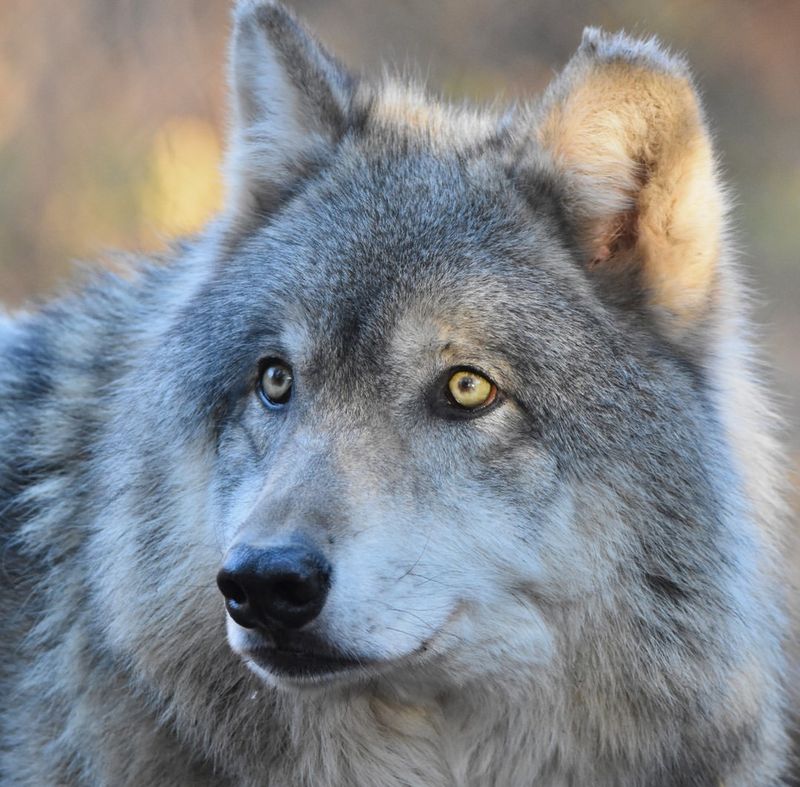
Once hunted to near extinction in parts of the U.S., the gray wolf has made a comeback with help from protected reserves and zoos.
Known for intelligence, pack loyalty, and haunting howls, wolves continue to captivate and inspire.
19. King Cobra

The longest venomous snake in the world, the king cobra demands respect. Its hood, hiss, and elegant movement make it a standout in reptile houses.
Luckily, zoos offer a secure way to admire its deadly beauty.
20. Polar Bear
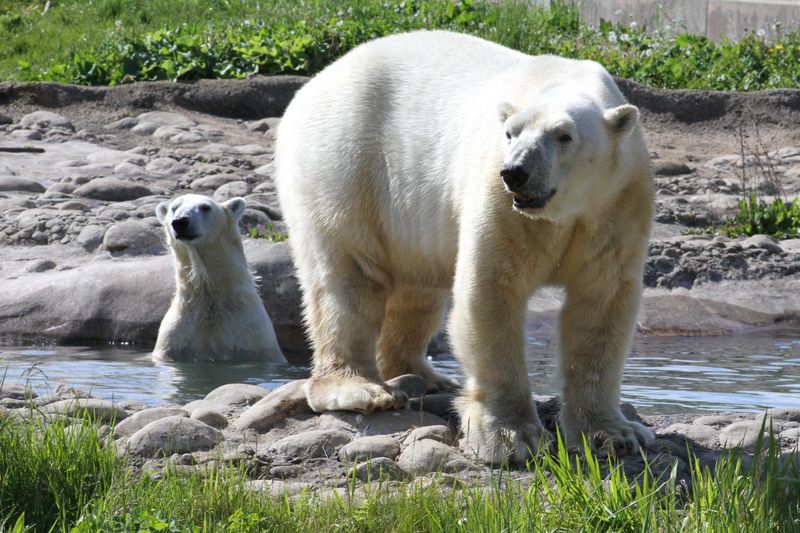
Massive, powerful, and surprisingly agile, polar bears are the kings of the Arctic. In zoos, they often swim, roll in snow, or snooze in the sun.
Their status as climate change ambassadors makes them one of the most important—and impressive—animals to see.
21. Okapi
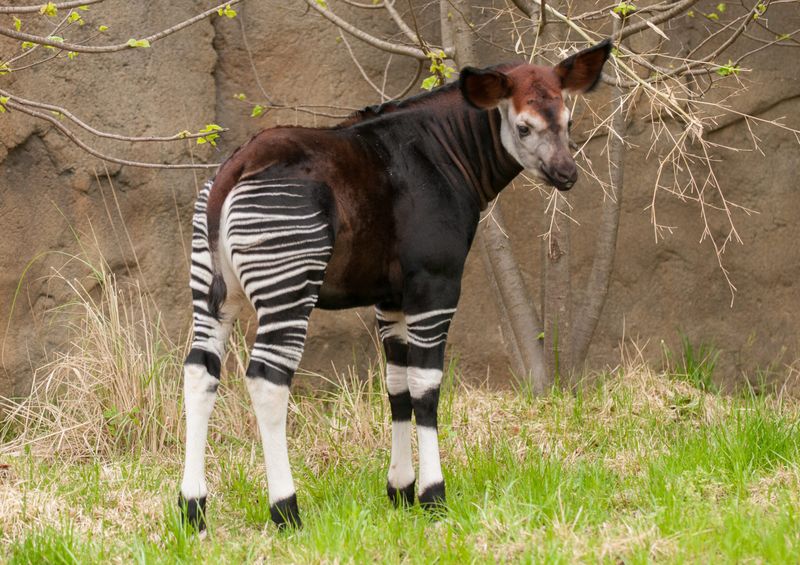
With zebra-like legs and a giraffe’s long tongue, the okapi is one of the world’s strangest and most beautiful animals.
Native to the dense forests of the Congo, it’s rarely seen in the wild. Zoos offer a rare chance to observe this shy, striped wonder.
22. Great Horned Owl
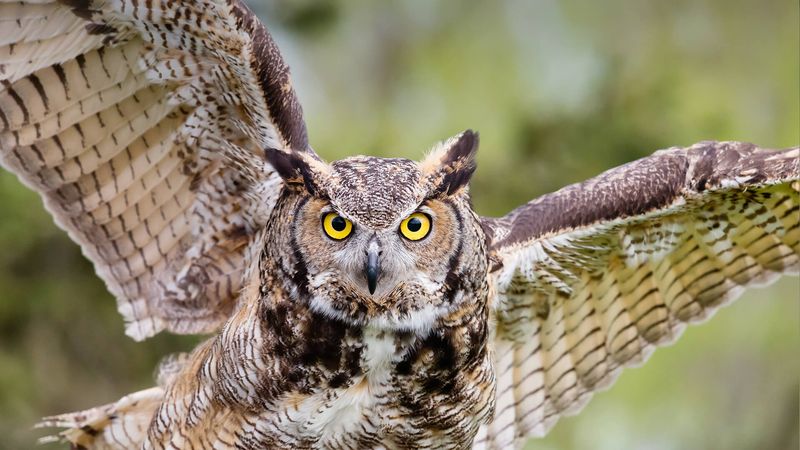
This majestic nocturnal bird is known for its piercing eyes and deep hoots.
A top predator in North America, it’s sometimes found in wildlife rehabilitation centers at zoos. Catching its intense stare feels like locking eyes with a forest guardian.
23. American Bison
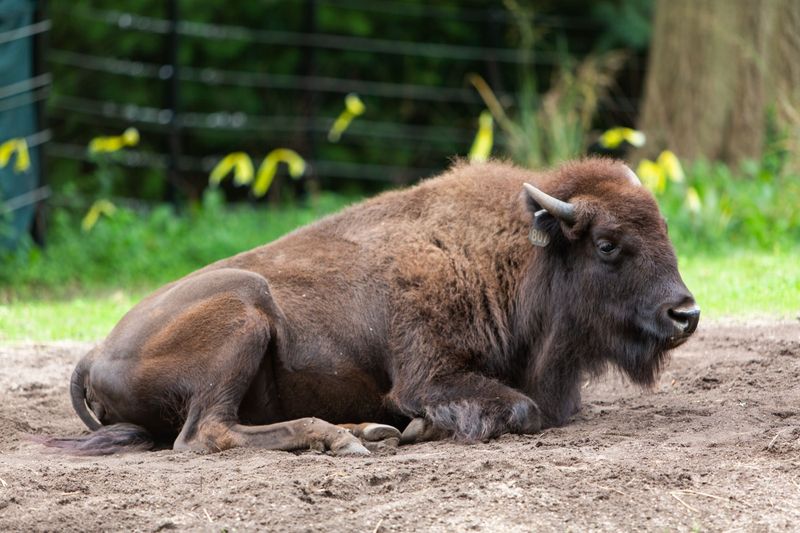
Once nearly extinct, the American bison now roams national parks and zoo enclosures alike.
With their shaggy coats and thundering presence, these animals are living links to the country’s frontier past.
24. Golden Lion Tamarin
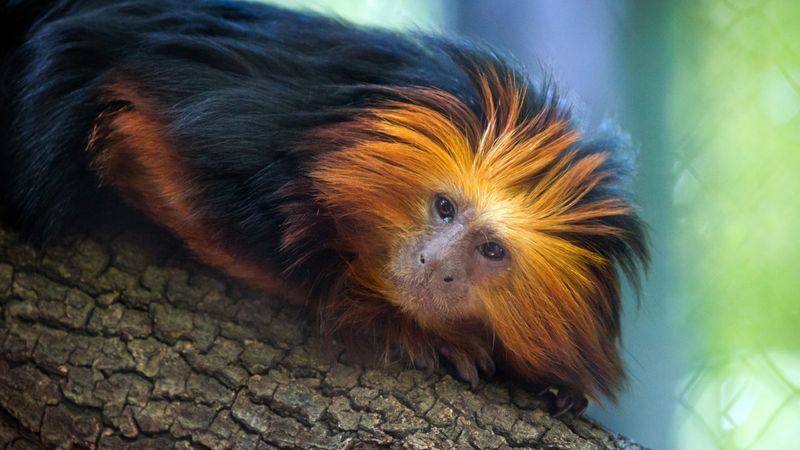
These small monkeys with vibrant orange fur look like tiny jungle royalty.
Native to Brazil, they’re critically endangered, and zoos play a major role in their conservation. Their playful energy and striking appearance make them a delight to watch.

